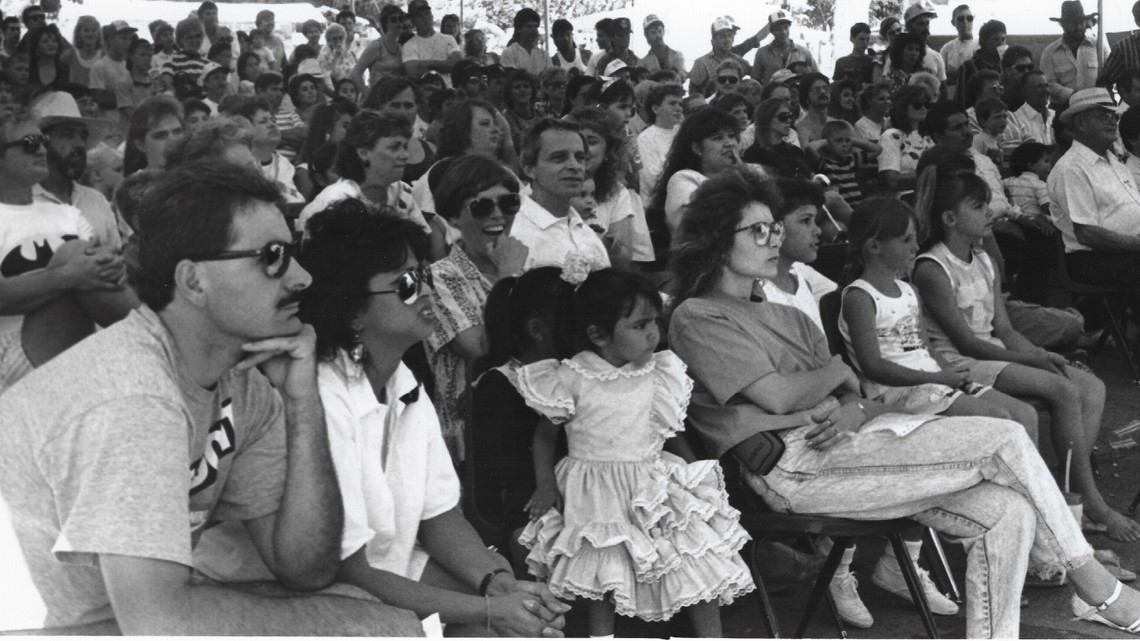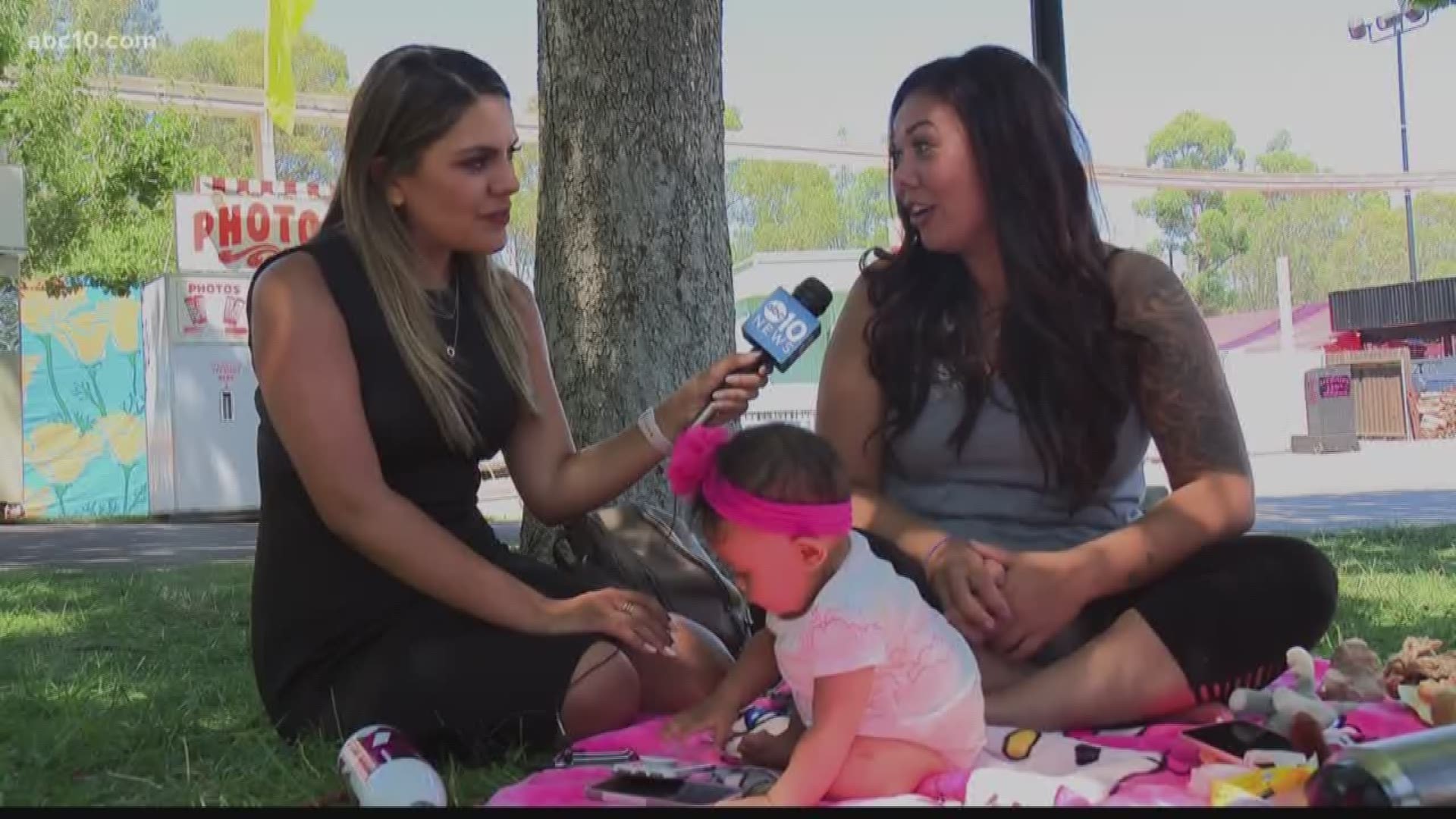CALIFORNIA, USA — While the county fairs started as an agricultural showcase, the flair of carnival rides and deep-fried indulgences was never all that far behind.
The shift from livestock and agriculture to carnival attractions happened gradually, according to Hailey Rose Switzer, agricultural business lecturer at Cal Poly and coordinator of the California Mid-State Fair.
“Our consumers that are coming into our fairgrounds… they’re really interested in seeing the carnival and seeing the food and seeing all these things now [which is] where we get this idea that ‘that’s what a fair is,’” Switzer said.


While some people think of funnels cakes and carnival rides, others think of farm-to-table concepts and livestock shows. Ultimately, it's that blend of impressions and ideas that have become the local fair.
Why did the fair change?
The fair is about highlighting agriculture and the best items produced in a county. This roots back to the original fairs from the 1800s where a 72-pound beet and a 10-pound, 3-foot long carrot were on display at the first ever California State Fair.
By 1913, it was apparent that entertainment needed to be separated from the more traditional agricultural aspects of the fair. Train wrecks would soon debut at the fair, giving attendees the chance to watch trains colliding into each other, according to Sarah Cummings, executive director for the Western Fairs Association.
“It seems to me that back in 1913, while we lived in a very different world then, the audience at the fair was still seeking that sort of thrilling entertainment,” Cummings said.
In many spheres, the carnival rides and foods have become front of mind for a lot of people heading to the fair, but the agricultural component hasn’t gone away. To Switzer, this is still the purpose of the fair.
“County fairs are just solely for the agriculture component,” Switzer said. “Yes, we have gotten into having deep-fried Oreos and all these fun things, but that basically has just come along to make the fair sustainable.”
Is agriculture or entertainment the focus of a fair?
The fair is more than just agriculture or entertainment individually.
“All of it together is really that unique experience that we call our fair,” Cummings said.
Each area and each fair will have their vision for what the fair should be and what should be emphasized, but, to Cummings, these carnival rides, attractions, exhibits, and livestock shows are what make a fair special.
“Depending on where you’re located within the state of California, the agriculture may have a more prevalent role at the county fair,” Cummings said.
Each fair has its own perspective, and some of them have grown to align with their surroundings, whether it means becoming more rural or more urban.
Despite those changes, that traditional emphasis on agriculture has not left the county fair or the state fair. Those added elements and traditional elements diversify fairs and help them stay relevant to the people who attend them.
While Switzer said that she would always want to see an agricultural element at a fair, she acknowledged that getting the next generation of people engaged is critical.
“My biggest fear is if we always stay in the past and stay with how it’s always been that maybe we’re going to lose our crowd and we’re going to lose people that are interested in the industry,” she said.
What role does the state fair play?
County fairs are meant to highlight the best that a county has to offer, and the state fair was intended to be the place where everything came full circle.
“It’s just kind of the pinnacle for everything," Switzer said. "The state fair is really well known for gathering items and being more of a historical place.”
The state fair originally served as the end-cap of the fair season, where the winners of those best-in-show ribbons from the county fair squared off against the best-in-show of other counties.
Cummings noted that, while the concept isn't as popular these days, it is still a concept in many states.
The first state fair eventually helped spring forward the county fairs throughout the state.


